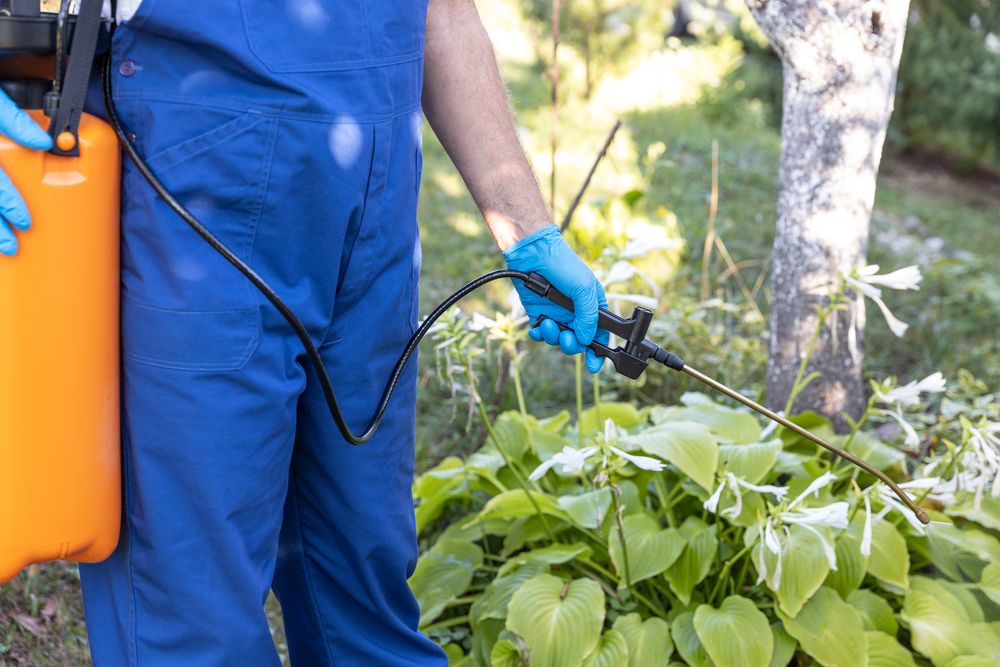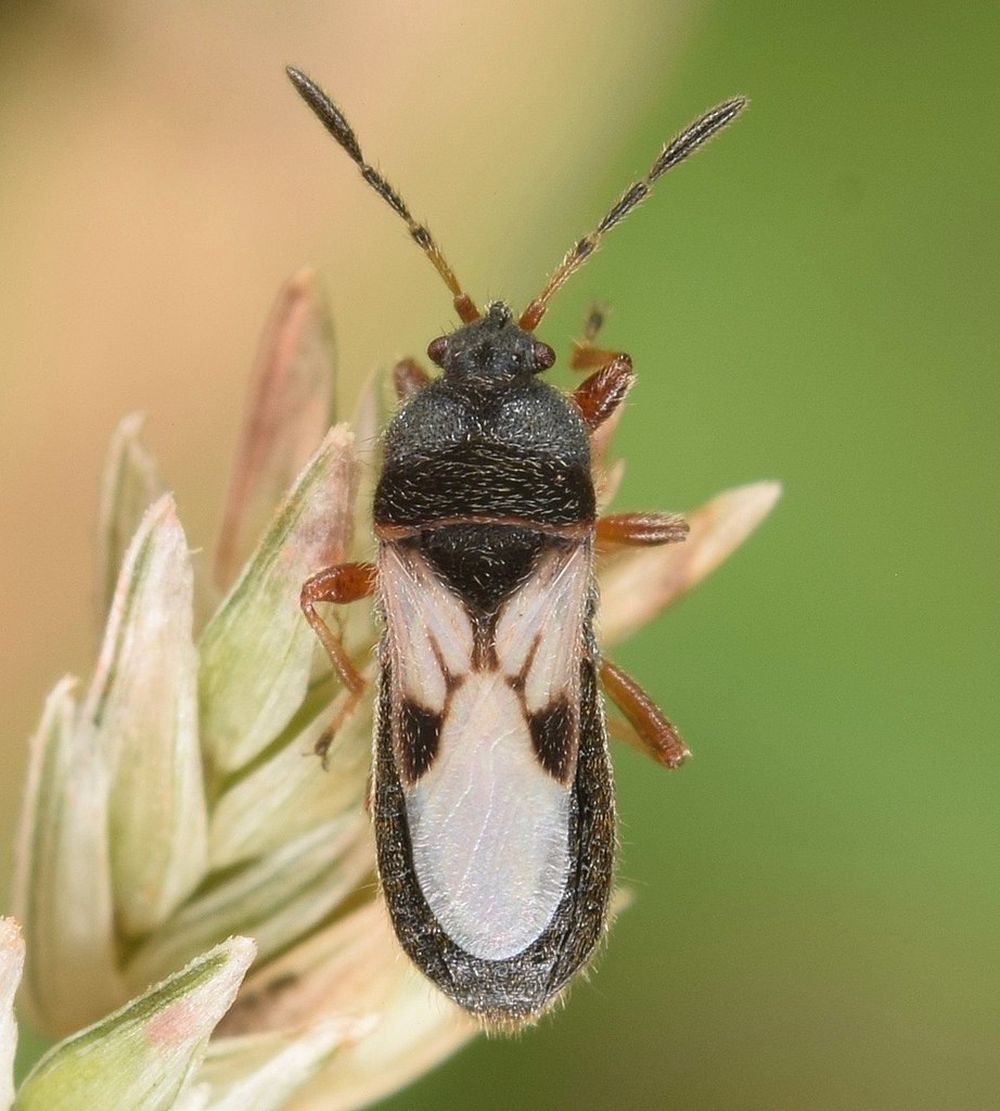Chinch Bug: How to Remove the Pest and Fix the Damage
Chinch bug infestations are a common problem for many homeowners. These pests can cause extensive damage to your lawn, and they can be difficult to get rid of.
However, with a bit of care and research, you should be able to handle this issue on your own. So you won’t have to spend money by employing the services of a professional.
In this article, we will discuss what chinch bugs are, how to identify them, and how to get rid of them.
What Is a Chinch Bug?
Chinch bugs are a type of insect that feeds on the sap of plants. They are most commonly found in areas with warm climates and can be a major nuisance to homeowners and farmers. These grass bugs can cause significant damage to crops, which can lead to losses in revenue.
Chinch Bug Life Cycle
Female chinch bugs lay eggs in the soil, which hatch into nymphs within a week or two. These nymphs will then feed on plant sap until they reach adulthood. The life cycle of a chinch bug can take anywhere from 2 to 6 weeks. It depends on the temperature and available food sources.
How to Identify a Chinch Bug
You can identify chinch bugs by their small size and characteristic V-shaped markings on their back. They are typically light brown or black. However, they can be difficult to see due to their size and coloring.
You can detect chinch bugs by checking your lawn for wilted plants, which is often the first sign of an infestation.
In North America, there are three types of chinch bugs: southern chinch bug (Blissus insularis), true chinch bug (Blissus leucopterus), and false chinch bug (Nysius raphanus).
False Chinch Bugs
Chinch bug identification can be tricky without close inspection since several insects can be mistaken for these lawn bugs. The false chinch is also known as the seed bug or ryegrass bug.
This insect is dark brown and has evenly spaced stripes down its back, similar to a tiger. On the other hand, true chinch bugs have more irregularly-shaped markings on their backs. They also show up in large numbers when infesting homes or crops.
Chinch Bug Damage
Chinch bugs come in various stages, from eggs to adults. In the adult form, they can cause damage by removing sap from plants that will eventually kill them. This is why chinch bugs are often found in areas with warm climates because their populations tend to increase when the temperature climbs.
In addition to this, chinch bug infestations can make it more likely for lawns and plants to contract other diseases and become less resistant to environmental stressors like heat and drought. In time, this leads to losses in revenue.
How to Check for Proof of Chinch Bugs Damage
If you are unsure that chinch bugs have attacked your lawn, the simplest way is to check your plants for signs of distress or death. You should then inspect the base of the plant (where the stem meets the roots) for small piles of brown grass – this indicates bug waste.
How to Kill Chinch Bugs
You can use several proven methods for chinch bug damage repair:
- Spray the pests with soap water since it’s an effective chinch bug treatment.
- Bury an oil-filled can in the ground to create a trap; the chinch bugs will get stuck and drown when they try to drink from it.
- Use a pesticide or insecticide like permethrin or malathion, which you can apply directly to the plants or soil and use as a lawn bug killer.
- Another option is to use a natural predator like the ladybug, which will feed on the chinch bugs. For instance, you can release beneficial nematodes into the soil, which will parasitize the chinch bugs.
- You can also try flooding the area where the chinch bugs are living, as they cannot swim and will eventually die if they’re submerged for long periods of time.
- Make sure to remove any debris or objects that may be providing shelter for these insects.
- Cut excessive grass and irrigate your lawn regularly.
- Closely examine your lawn to identify any entry points from where chinch bugs are entering your home or crops. It would be best to seal off these areas using caulk or another appropriate material. This way, the chinch bugs cannot return after removing them from your property.
If these methods fail to work or if you have severe problems with these pesky insects, be sure to consult your local agricultural extension office or pest control professional for more advice.
Final Thoughts on Chinch Bugs
While chinch bugs may not be as well-known as other household pests like ants, they can still cause significant damage to your lawn and crops. So, if you see any of these insects in or around your home or yard, use the advice provided above to start repairing the damage immediately.

